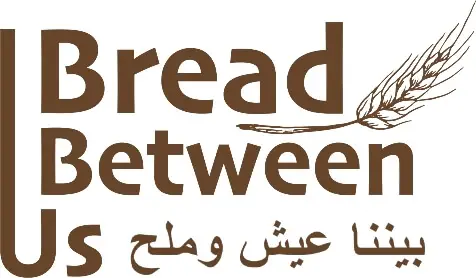Shrageef bread, also known in some regions as Qatayef or Lahoh, is a thin, soft, fermented flatbread traditionally enjoyed in the city of Taif and across parts of Saudi Arabia. Unlike thicker breads, it is light on the stomach yet rich in energy, making it an ideal dish during the holy month of Ramadan. It is simple to prepare, requiring only a few basic ingredients, and is often served warm with ghee or honey. Though similar to pancakes in texture, its cultural and historical value elevates it beyond a simple meal.
History of the City’s Bread and its Cultural significance
Shrageef has deep roots in Saudi culinary tradition, especially in Taif. Historically, it was born out of necessity — its simplicity made it accessible in times when ingredients were scarce. The bread was originally made from whole wheat flour (righteous flour), water, and salt, with ghee or honey added when available. Its preparation required no machinery, emphasizing handcraft and community effort. During Ramadan, Shrageef is particularly cherished: it provides sustaining energy after long hours of fasting and is one of the first dishes offered at Iftar. The bread also goes by different names depending on the region — such as Lahoh in other areas — but the core ingredients remain unchanged. Today, it continues to bridge past and present, uniting generations through shared culinary memory.
Immerse Yourself in the History and Traditions of Saudi Bread on the Heri-Telling Platform
Click “Find Out More” on preview tabs to immerse yourself in the fascinating stories, traditions, and flavors of the unique breads from Taif. You will be redirect on the Creative Knowledge Platform, the project’s heri-telling platform, where farmers, millers, and bakers share their heritage and passion through captivating images, videos, and stories.
People

Products

Places

